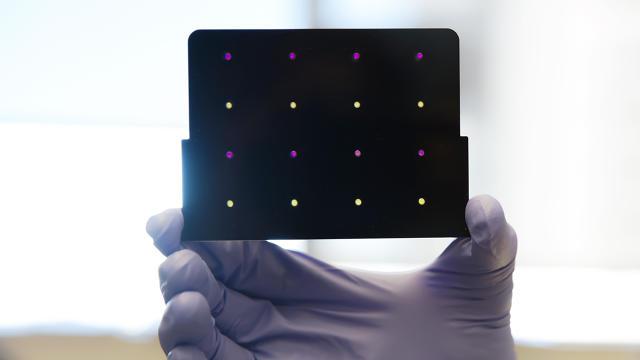MIT Just Developed A Super-Cheap Paper Zika Test
A group of biomedical engineers have developed a paper-based test to diagnose Zika in just a few hours—using sensors that are available for less than $1.
MIT’s James Collins, the lead researcher behind the effort, says the test was initially developed to diagnose patients with Ebola. It took Collins’s team about a month and a half to apply it to Zika, a mosquito-borne virus that federal health health officials described last month as “scarier than we thought.”
Collins says MIT initially put out a call in January of this year to find out whether any research teams were working on new technologies related to Zika. Collins’s team immediately volunteered and joined up with researchers from Harvard University’s Wyss Institute and other institutions to bring a faster, cheaper diagnostic test to market. “There was universal excitement,” he says.
So far, there have been about 500 cases of Zika in the U.S., all of which are connected to travel. The virus poses the biggest threat to pregnant women or women who are planning to become pregnant, as it has been linked to serious birth defects.
Here’s how the test works: Tiny sensors, which are available for less than $1, are embedded on paper discs. A tiny sample of the patient’s blood is dropped on the disc, which can detect the RNA sequence associated with the Zika virus. When the sequence is present, it will initiate a reaction that turns the paper from yellow to purple.
“We’re not looking for the person’s antibody response,” says Collins. “Instead we detect the presence of the virus by detecting its genome.”
Collins says the major downside to this approach is that the test will not be able to detect the virus in a patient who contracted the virus a long time ago. “The damage could have been done,” he says. Fortunately, doctors don’t currently think Zika poses long-term risks to fetuses conceived long after the mother recovers from the illness.

And as Collins puts it, the test is “more rapid, cheaper, and easier” to put out on the field than current alternatives. To back up his claims, the team released findings in a paper in early May showing that the test could detect the virus with high specificity and sensitivity, and distinguish between Zika and other mosquito-borne viruses—including Dengue Fever.
The team is planning pilot field tests in Brazil, Columbia, Ecuador, and Peru. Collins says the system is set to be applied to the next Zika outbreak.
Fast Company , Read Full Story
(22)














